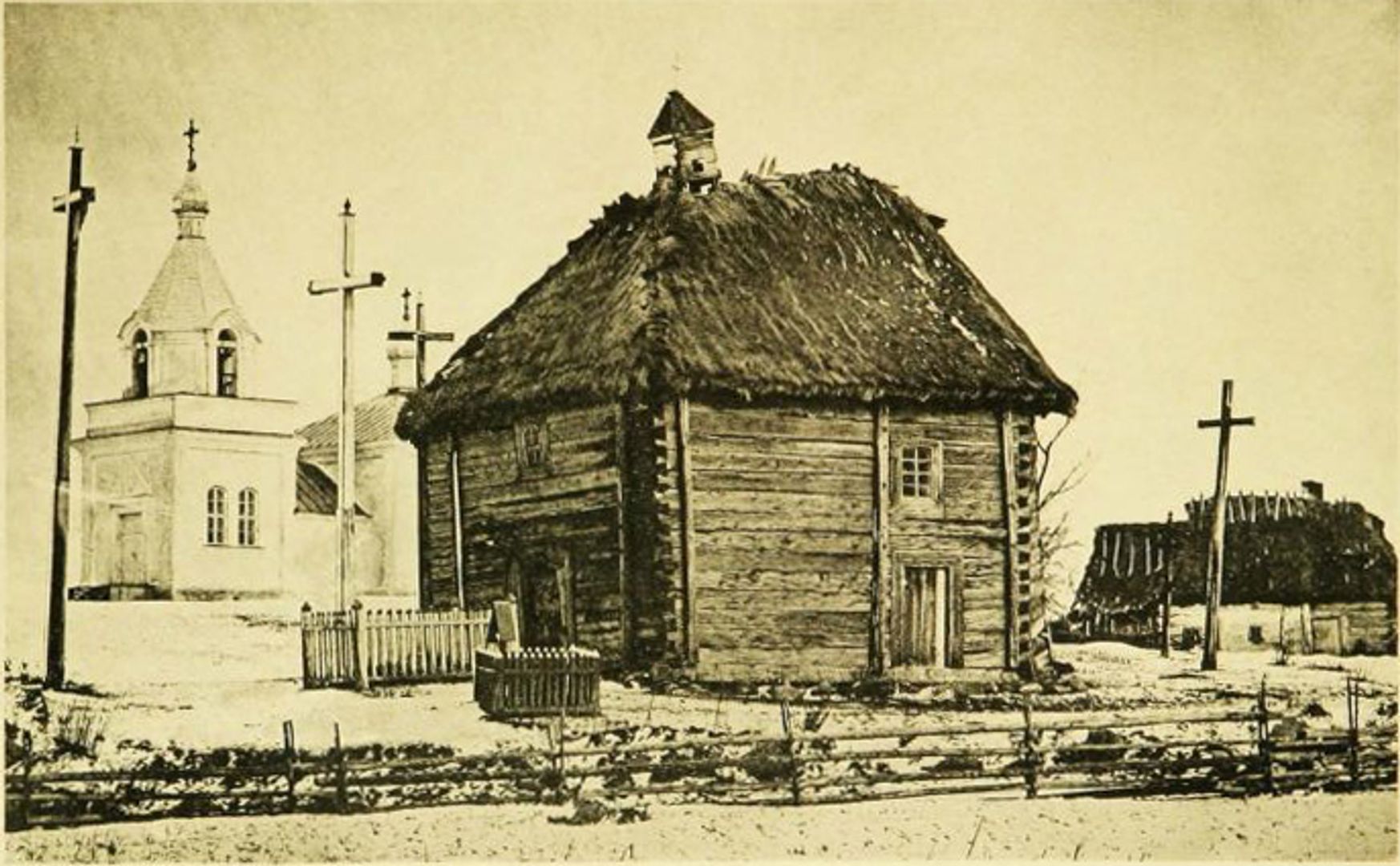Surazh
6.26

Overview
Suraż is a small town in the Podlaskie Voivodeship, within Białystok County, situated on the Narew River near the Narew National Park. Its history dates back to the 12th century, when a fortified settlement served administrative functions. The town was granted Magdeburg rights in 1445, and its development was closely tied to royal and religious activities, especially after its incorporation into the Polish Crown in 1569. Suraż boasts numerous historical landmarks, including the "Queen Bona's Hill" fortified settlement and a well-preserved 15th-century urban layout. Architectural treasures also include the parish church from 1874, a Catholic cemetery, and a Jewish cemetery. Culturally, Suraż stands out for its diverse religious history; parish life is maintained by both Catholic and Orthodox communities, and the town features sites associated with both denominations. It was also a center of resistance during the January Uprising, commemorated by a monument dedicated to the insurgents. Suraż has a rich agricultural tradition and has recently gained prominence as a tourist destination. Points of interest include private museums, such as the Archaeological Museum and the Museum of Generational Heritage. The local football club, Znicz Suraż, has a history but currently does not participate in senior-level competitions. Despite historical challenges, Suraż continues to preserve its unique architectural and cultural values.
Location
2025 Wizytor | All Rights Reserved